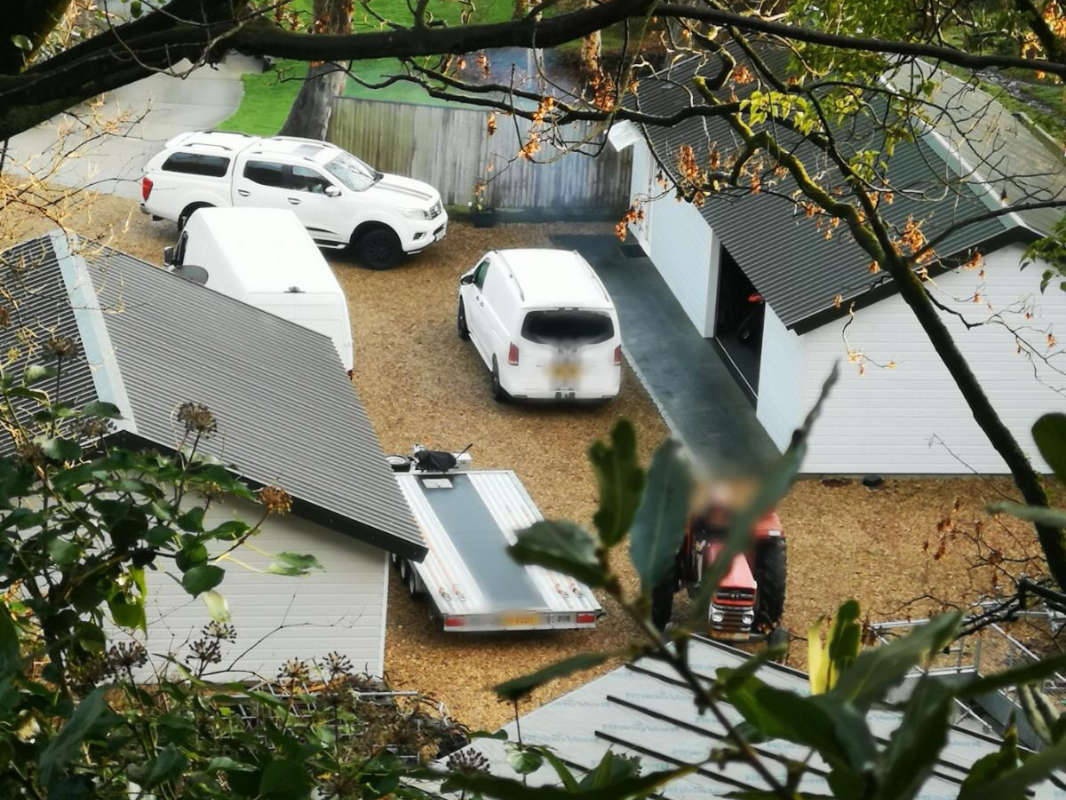
The Isle of Wight Council has been forced to apologise after a 'catalogue of failings' led to an unauthorised development on protected land in Niton.
An investigation by the Local Government and Social Care Ombudsman ruled the council misunderstood planning rules and failed to consult with Natural England.
It relates to the construction of 'commercial sized garages' at Bridge Cottage, which borders National Trust land at St Catherine’s point.
The development sits within an Area of Natural Beauty (AONB) and partly within a Site of Special Scientific Interest (SSSI) and a Special Area of Conservation (SAC).
So what happened?
A complaint was first lodged by a member of the public in November 2018, who raised concerns about the development being used for commercial purposes.
At the time, the council ruled it was 'permitted development' - development which does not require planning permission.
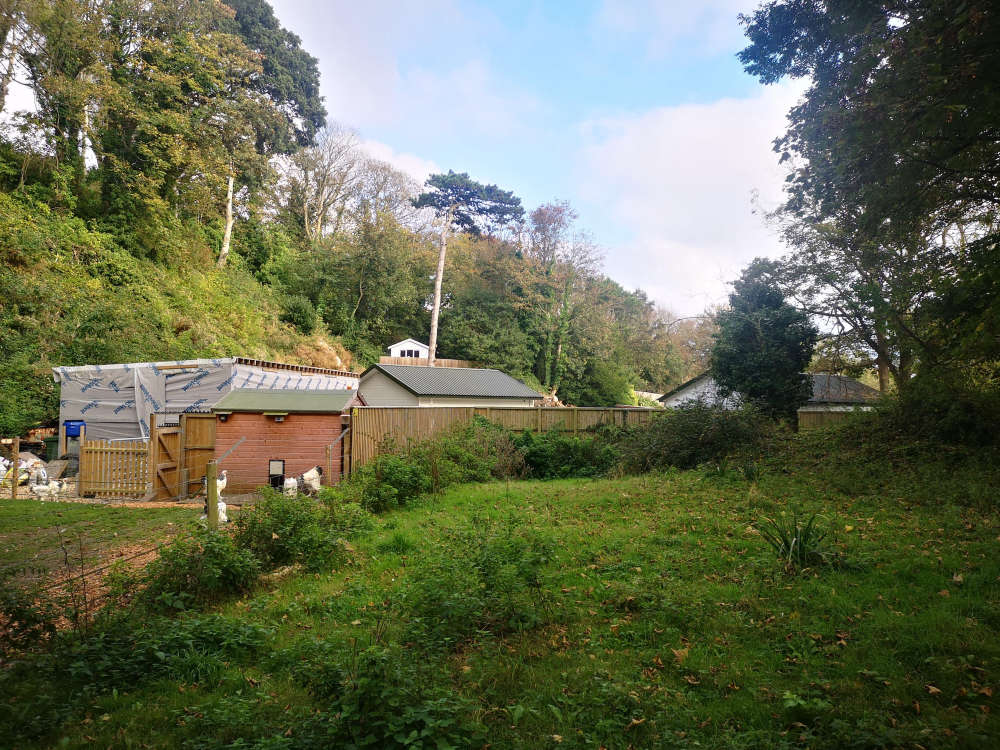
An investigation found the council was "at fault" for this. Planning officers "failed" to take into account that the site was entirely within an AONB and partially within the SSSI/SAC.
The council requested retrospective planning application about other works on the site, which was later submitted by the landowner. The council approved it, but failed to notice that the initial development was included in the application.
By doing so, the council had granted the development planning permission by default. It meant that AONB and Natural England were wrongly denied the opportunity to be consulted, a report found.
The ombudsman ruled the council was further at fault because it "appeared to advise the landowner that it was permitted development", allowing them to, wrongly, build more.
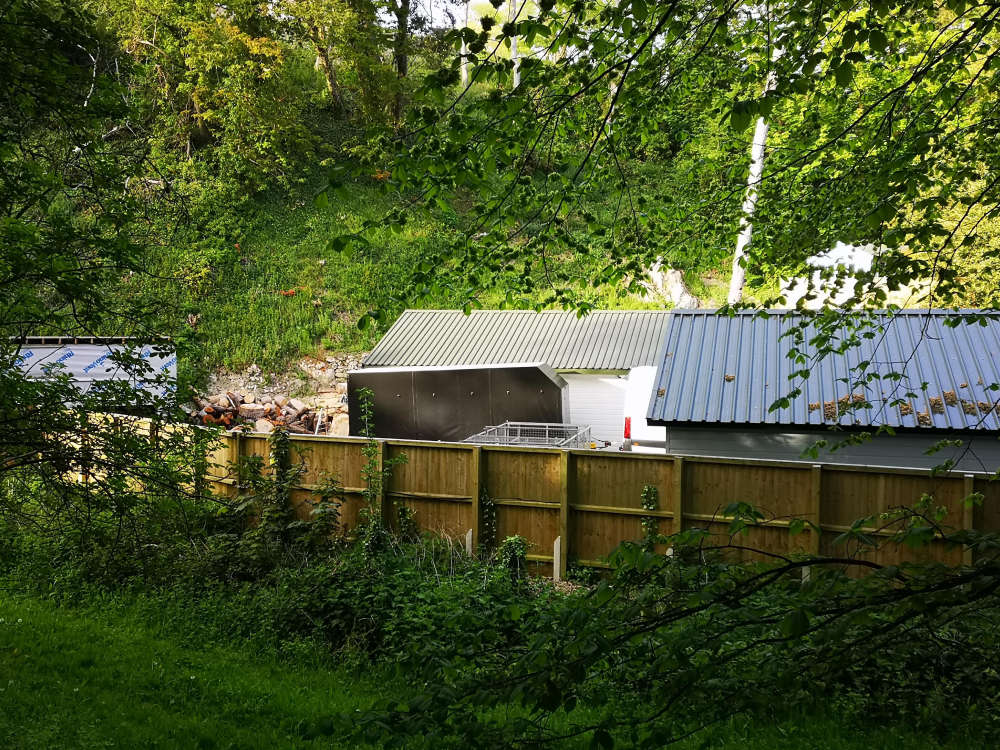
An additional complaint was made in July 2020 by Ms B (as named in the ombudsman report). The council carried out an enforcement investigation. Again, the council repeated its "questionable view" that it was permitted development.
It was ruled that, by doing so, the council failed to consider the impact to the AONB. It also did not respond to Natural England's request to join a visit to the site.
After admitting error, the council asked for a second retrospective planning application for the later development, which was eventually submitted.
It remains live and has multiple objections.
"Significant fault"
The ombudsman ruled "the failure to carry out proper assessments of the development both adjacent to, and wholly within nationally and internationally protected sites is significant fault."
The report reads:
"This fault is compounded by the repeated errors and wrong advice given to the landowner which have contributed to more development than might have otherwise occurred.
"If we cannot rely on the Council as the local planning authority to be aware of the position and importance of protected land then it is a matter of serious concern, not only to individuals such as Ms B but also to the wider public, to ensure that it remains undisturbed."
Following the ombudsman's findings, the Isle of Wight Council has agreed to apologise to Ms B and pay £300 to her charity of choice.
It also has three months to review its procedures for when officers grant permission under delegated powers.
Staff must also undergo training regarding the need to consider the impact of development on SSSI, SAC and AONB areas.

 Four Men Arrested Following Rogue Trader Activities In East Cowes
Four Men Arrested Following Rogue Trader Activities In East Cowes
 Rugby Players Set To Scale Great Heights For Teddy
Rugby Players Set To Scale Great Heights For Teddy
 Drug Driving, Domestic Abuse And Stalking Among Arrests Made As Police Target Isle Of Wight Criminals
Drug Driving, Domestic Abuse And Stalking Among Arrests Made As Police Target Isle Of Wight Criminals
 Work Begins On ‘Monumental’ Mural Project At Historic Columbine Building
Work Begins On ‘Monumental’ Mural Project At Historic Columbine Building
 More Acts Added To Isle Of Wight Festival Line-Up
More Acts Added To Isle Of Wight Festival Line-Up
 St Mary’s Vaccination Hub Gets Ready For Spring Covid-19 Vaccinations
St Mary’s Vaccination Hub Gets Ready For Spring Covid-19 Vaccinations
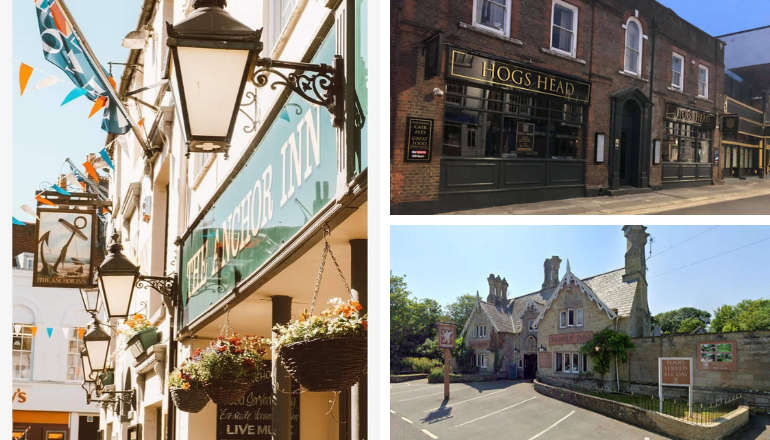 Twenty Isle Of Wight Pubs Under Threat As Stonegate Issues Profit Warning
Twenty Isle Of Wight Pubs Under Threat As Stonegate Issues Profit Warning
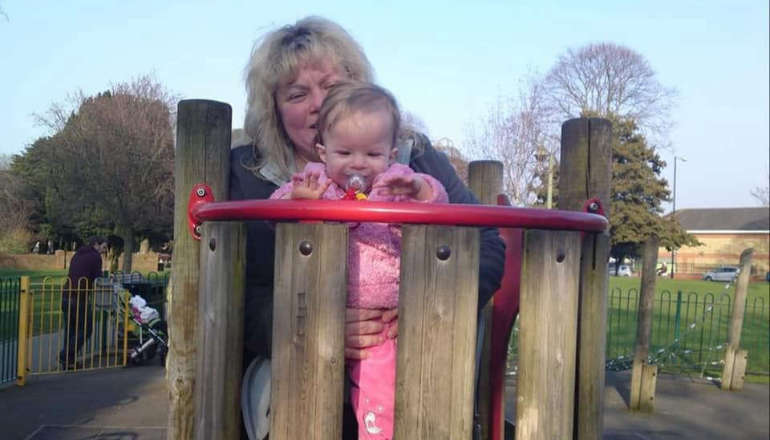 Fundraiser Launched As Kezi's Kindness Founder Diagnosed With Incurable Cancer
Fundraiser Launched As Kezi's Kindness Founder Diagnosed With Incurable Cancer
 Bon Voyage — White-Tailed Eagle Soars To France
Bon Voyage — White-Tailed Eagle Soars To France
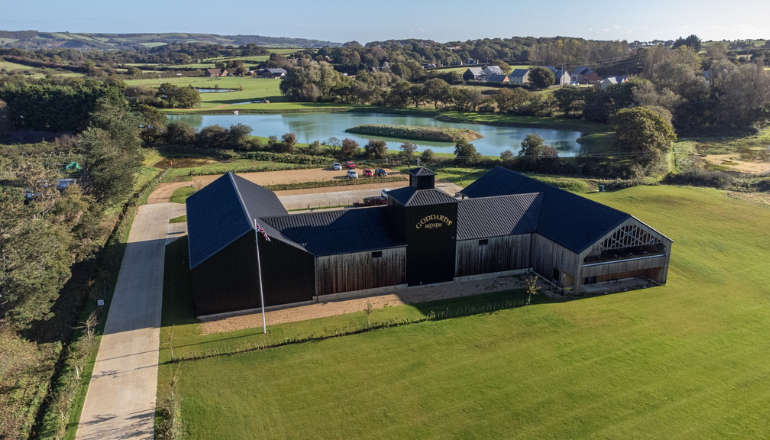 Goddards Brewery Scoops Four Top Industry Awards At International Competition
Goddards Brewery Scoops Four Top Industry Awards At International Competition
 Briddlesford Road Crash Results In Two Injured
Briddlesford Road Crash Results In Two Injured
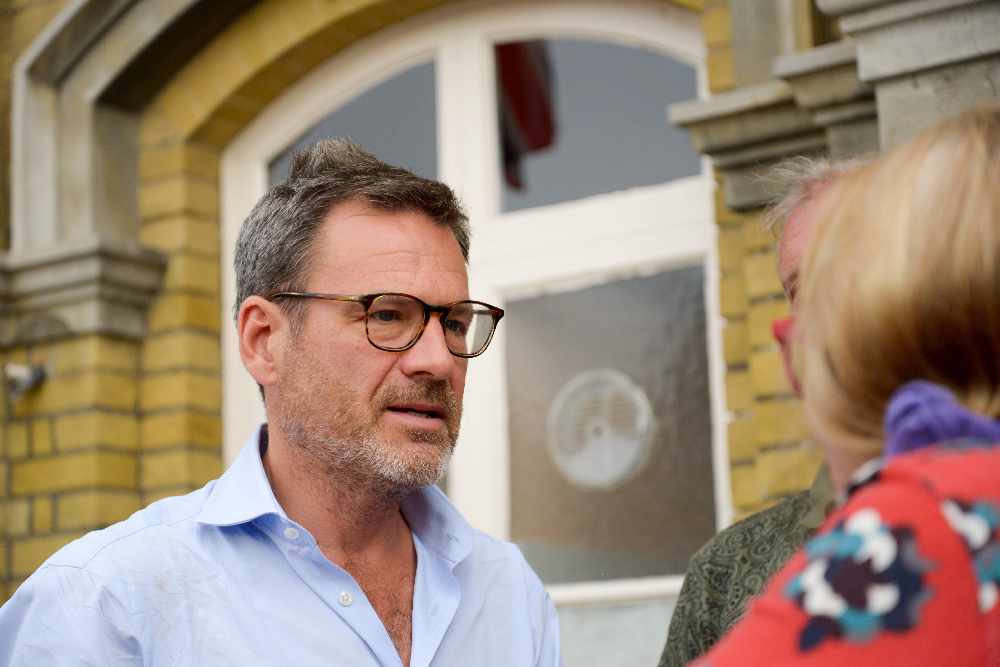 Isle Of Wight MP Extolls Virtues Of Joint Emergency Service Officers For Isle Of Wight
Isle Of Wight MP Extolls Virtues Of Joint Emergency Service Officers For Isle Of Wight
 Island Labour Announces Parliamentary Candidates As Quigley Vows To 'Take Fight' To Bob Seely
Island Labour Announces Parliamentary Candidates As Quigley Vows To 'Take Fight' To Bob Seely
 Can You Help Police To Identify Man Linked To Waitrose Theft?
Can You Help Police To Identify Man Linked To Waitrose Theft?
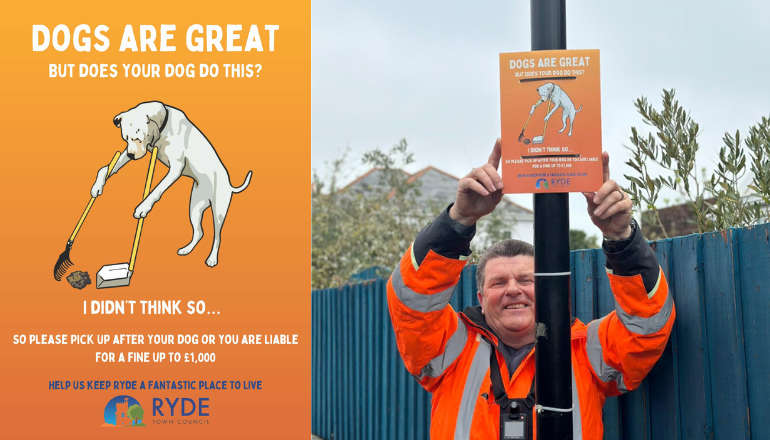 Ryde Town Council In Crackdown On Dog Fouling
Ryde Town Council In Crackdown On Dog Fouling
 Former Patient Opens New Intensive Care Unit
Former Patient Opens New Intensive Care Unit
 Isle Of Wight Primary School Place Allocations Announced For September
Isle Of Wight Primary School Place Allocations Announced For September
 The Rules Islanders Need To Know For Police And Crime Commissioner Election Postal Voting
The Rules Islanders Need To Know For Police And Crime Commissioner Election Postal Voting
 Family Pays Tribute To Paul Hart Following Fatal Newport Collision
Family Pays Tribute To Paul Hart Following Fatal Newport Collision
 Teenager Sentenced For Planning Isle Of Wight Festival Terrorist Attack
Teenager Sentenced For Planning Isle Of Wight Festival Terrorist Attack


